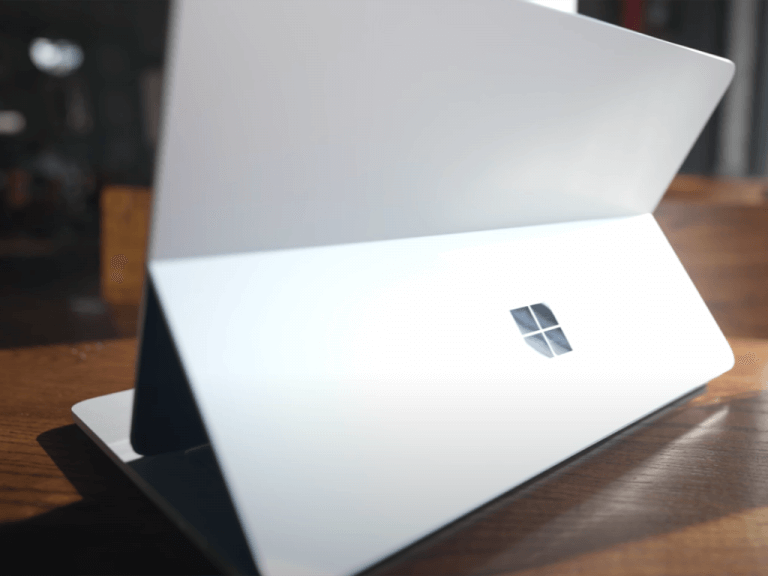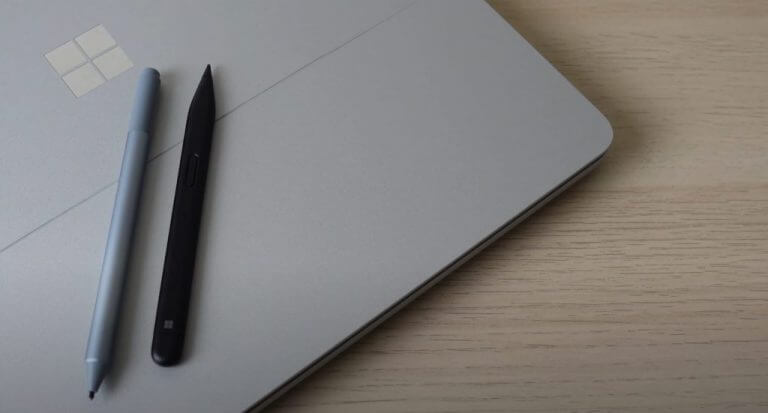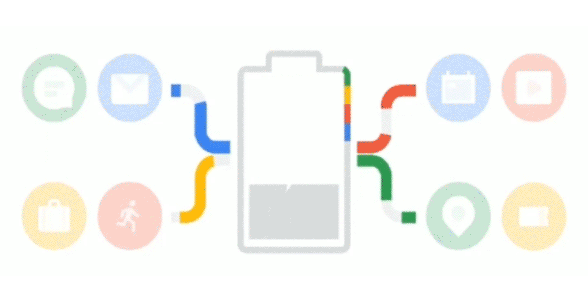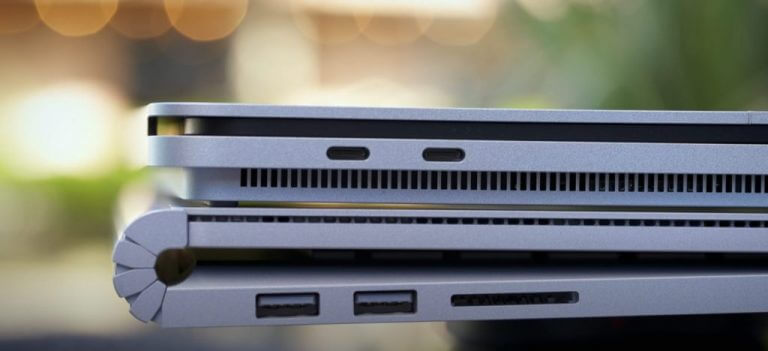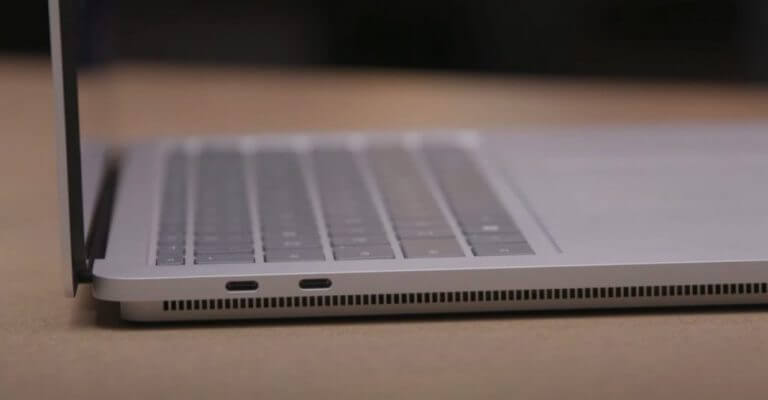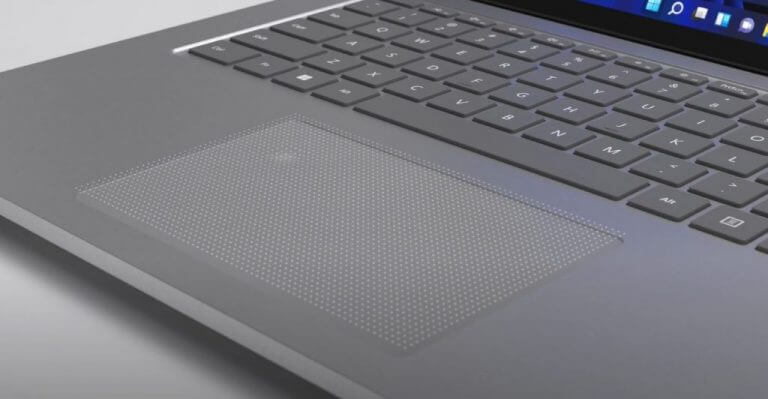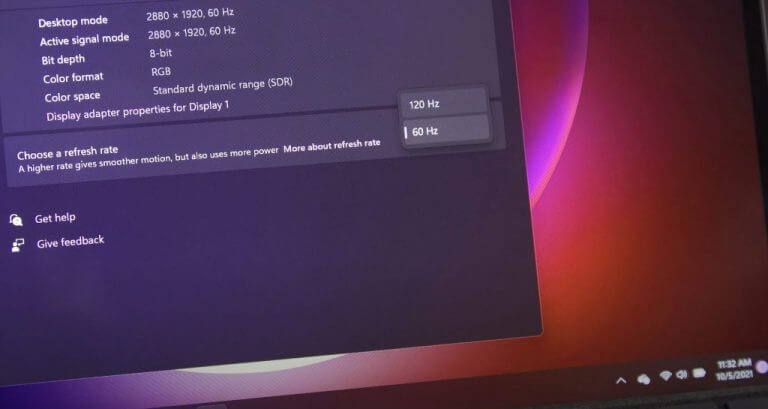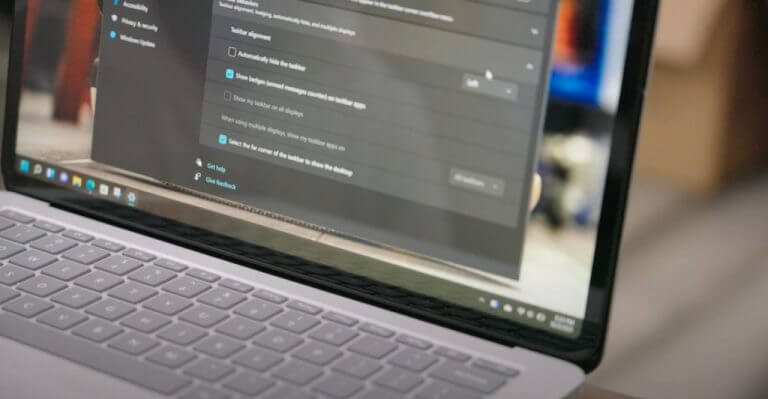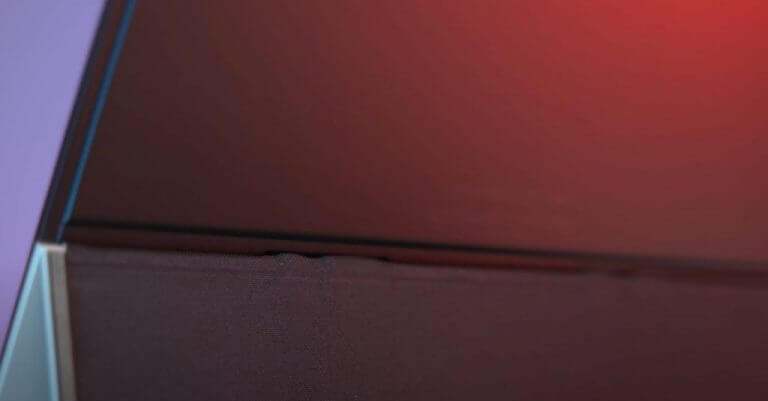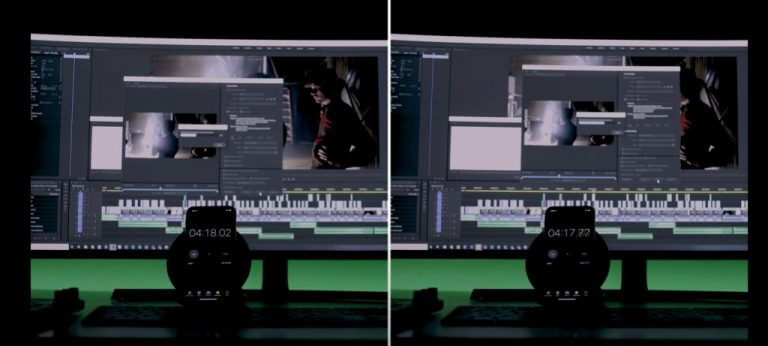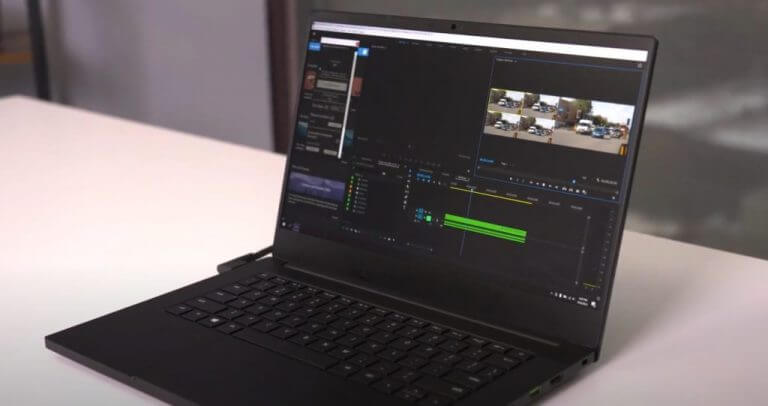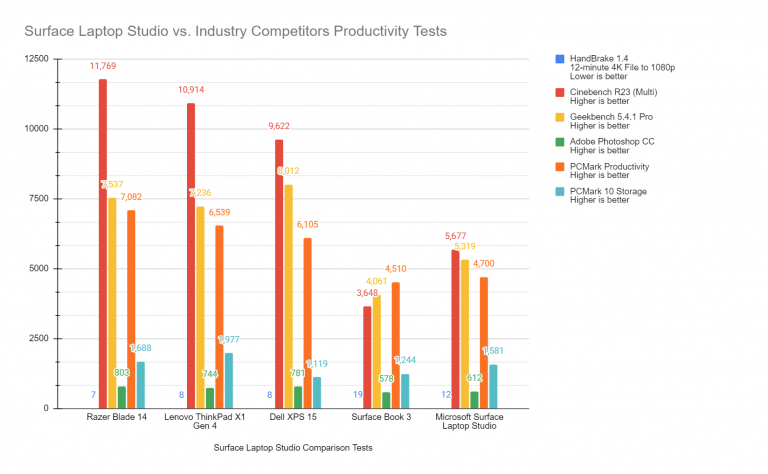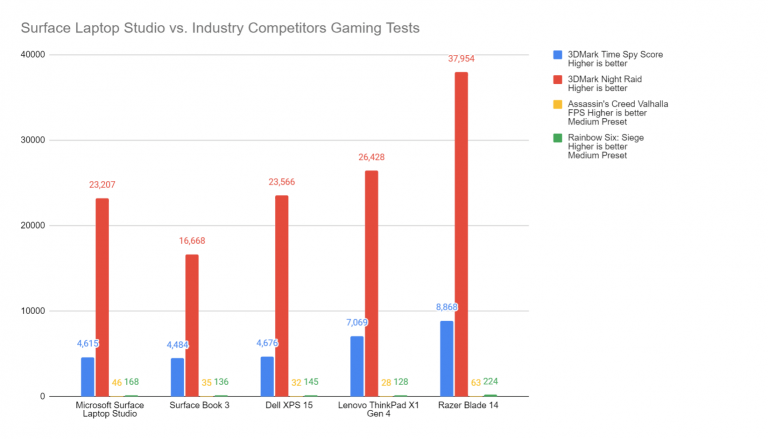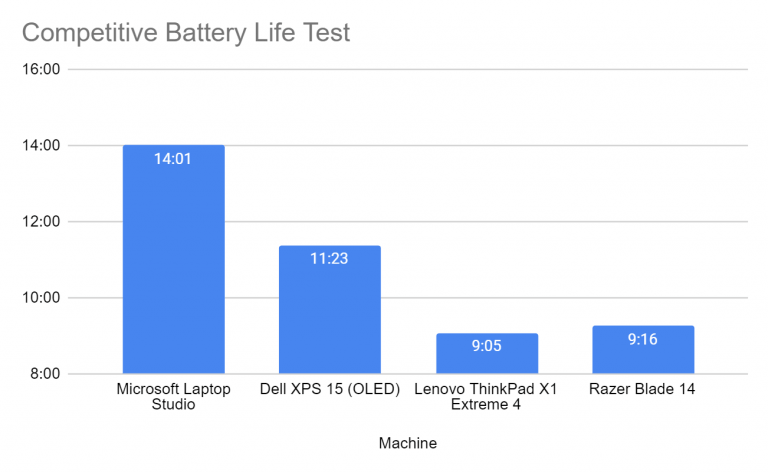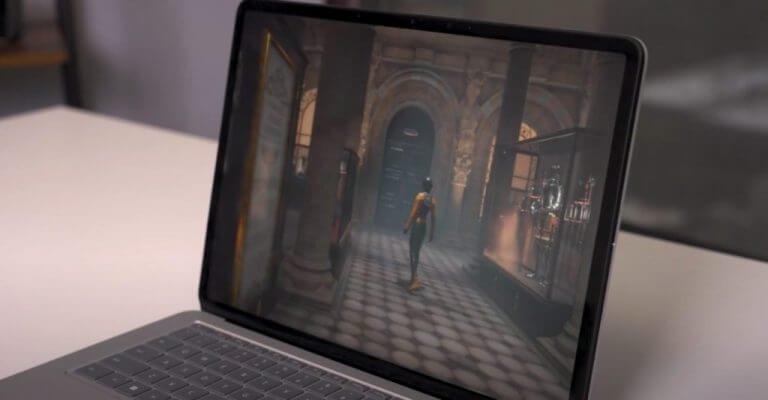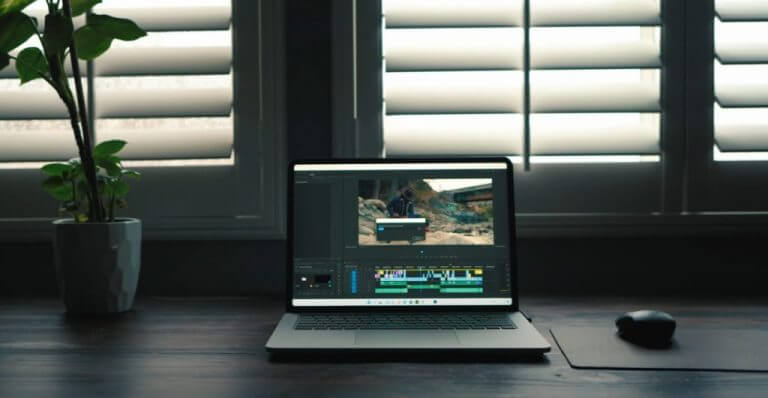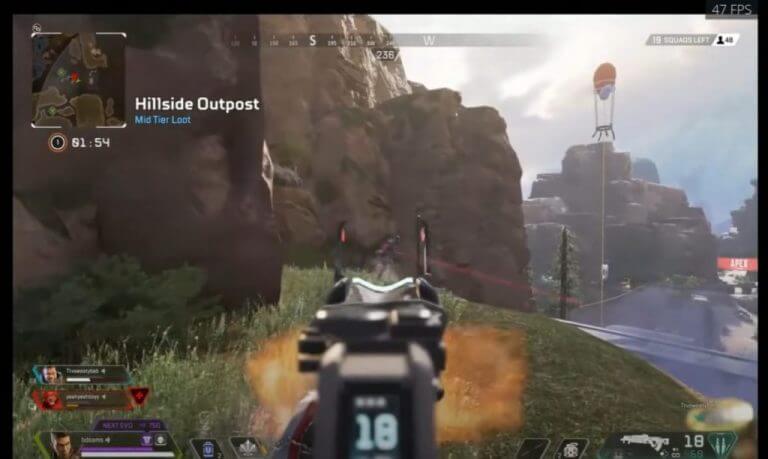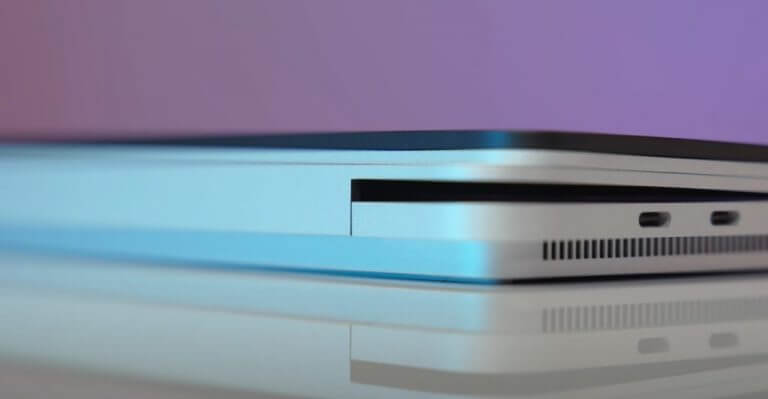Starting at $1,439.99
Microsoft’s newest flippy-form factor entrant into the halls of the Surface echelon is yet another combination of carefully chosen compromises and distinctions that makes the Surface Laptop Studio a recommend for fans but a tougher sell for a broader audience.
Viewed in a microcosm, the Surface Laptop Studio is a gimmicky middle of the road creative laptop for some, however, at a macro view, the laptop is the most performative piece of hardware the company has produced to date for others.
The distinction between viewing the Surface Laptop Studio as part of the Microsoft story as well as a competitive tool in the modern computing industry is necessary when reviewing this notebook and attempting to find the right buying audience.
We were given a Surface Laptop Studio to review that was paired with an 11th generation Intel Core i7 Tiger Lake 11370H chip, 32GB of LPDDRx memory, and 1TB of removable solid-state storage, all starting at $2,429.99.
| Surface Laptop Studio | |
| Processor | Quad-core 11th Gen Intel® Core™ H35 i5-11300H Quad-core 11th Gen Intel® Core™ H35 i7-11370H |
| Graphics | Intel® Core™ i5 models: Intel® Iris® Xe Graphics Intel® Core™ i7 models: NVIDIA® GeForce RTX™3050 Ti laptop GPU with 4GB GDDR6 GPU memory |
| Storage | Removable solid-state drive (SSD) options: 128GB or 256GB 512GB or 1TB |
| Display | Screen: 14.4”2 PixelSense™ Flow Display Refresh rate: up to 120Hz Resolution: 2400 x 1600 (201 PPI) Aspect ratio: 3:2 Contrast ratio: 1500:1 Touch: 10-point multi-touch Dolby Vision® support3 |
| Storage | Removable solid-state drive (SSD)6 options: 256 GB, 512 GB, 1TB, 2TB |
| Camera Video Audio |
Windows Hello face authentication camera (front-facing) 1080p resolution front facing camera. Dual far-field Studio Mics Quad Omnisonic™ speakers with Dolby Atmos® |
| Memory | 16GB or 32GB LPDDR4x RAM |
| Dimensions | 12.72” x 8.98” x 0.746” ( 323.28 mm x 228.32 mm x 18.94 mm ) Intel® Core™ i5 models 3.83 lb (1,742.9 grams) Intel® Core™ i7 models 4.00 lb (1,820.2 grams) |
| Wireless | Wi-Fi 6: 802.11ax compatible Bluetooth Wireless 5.1 technology |
| Battery | Intel® Core™ i5: Up to 19 hours of typical device usage Intel® Core™ i7: Up to 18 hours of typical device usageUp to 16 hours of typical device usage |
| Color | Casing: Magnesium and Aluminum Color: Platinum |
| Ports/Slots | 2 x USB-C® with USB 4.0/Thunderbolt™ 4 3.5mm headphone jack 1 x Surface Connect port |
|
What’s in the box
|
Surface Laptop Studio
Intel® Core™ i5:65W Surface Power Supply Intel® Core™ i7:102W Surface Power Supply Quick Start Guide Safety and warranty documents |
Yes, there are more powerful laptops available and for arguably much cheaper, but that’s only half the story when taking into account all of the details that are typically associated with power-hungry creative laptops.
My time with the Surface Laptop Studio felt analogous to Google Pixel’s Adaptive Battery technology. While on paper there are handsets that outperform that Pixel on battery life there comes a point in time when the Pixel’s AB tech kicks in and, while still short of some competitors, the battery life just becomes good enough to be forgotten.
The Surface Laptop Studio’s performance is good enough to be forgotten, and that’s a good thing.
Look and feel
Before getting into the nuts and bolts of the often-criticized performance of the Surface Laptop Studio, talking about the actual nuts and bolts is a conversation worth having.
When closed, the Surface Laptop Studio resembles the love child of a Surface Book and MacBook Pro. The SLS retains the overall feel of a Surface Book with its thickness and heft but leans heavy into MacBook Pro territory with even rounder corners, minimalized port selections, semi-flush trackpad, and levelled alignment.
To this point, the Surface Laptop and the Surface Book opted for tapered designs to optically achieve a thin notebook profile, however, the SLS basks in its size and foregoes the taper in a similar fashion as the MacBook Pro.
There is a single-color option for the SLS at this time and it’s a customary anodize platinum with a single reflective embossed Microsoft logo and now iconic line through the lid.
The new line through the lid, which represents Microsoft’s first-ever flexible, durable dynamic woven hinge experience, from afar the SLS resembles a Surface Pro sitting atop its own mini table. The mini-table the SLS screen sits atop is actually a heat sink, fan and battery cave. While an odd design, it becomes a functional blind spot in day-to-day use, akin to the notch on the latest batch of iPhones.
Around the SLS are four points of entry that include two USB-C 4.0 Thunderbolt 4 connectors on to the left of the board a lone 3.5mm headphone and mic combo as well as the proprietary magnetic Surface charging connector.
Under the lid is a two-tone grey motif with darker patented Surface keys prominently displayed. The only other distinguishable design is the new, larger haptic touchpad now present on the SLS.
Almost identical to the MacBook in design, the new Precision SLS touchpad makes use of haptics for a “realistic” feedback experience while also reducing the number of fail points on the laptop.
Lastly, there is the screen of the SLS to discuss. Arguably the showcase feature of the SLS, the screen and its new found functionality are akin to having a shrunken Surface Studio.
The 14.4-inch PixelSense screen was given another first in the Microsoft ecosystem and that’s its 120Hz refresh rate support. Microsoft has yet to bring that level of refresh rate to even its Surface Duo 2, which it makes more sense to have there, but instead opted to graft it onto the SLS and Surface Pro 8 this year.
As with all Surface screens, the colors are sRGB accurate as well as 80-percent Adobe accurate, but tend to lean on the muted side more than competitors. Microsoft maintains its clout as being among a select few who market 3:2 aspect ratios as well as its odd resolution at 2400 x 1000.
The screen can get pretty bright, but I believe tops out at over 400 nits, and Microsoft still refuses to explore a matte or anti-reflective coating to bring the screens usefulness more in line with the likes of Lenovo.
As a laptop, the SLS is seamless while also being uninspiring when closed or used in traditional laptop modes. However, pulling the lid forward and away from its woven hinge and that’s where the design takes an off ramp into unique style.
I didn’t find myself using the Studio mode very often, where the SLS screen covers 2/3 of the keyboard deck leaving the only the mouse and screen to interact. However, it did become useful on flights when kicking back and watching a movie, YouTube video or TV show.
The next mode is the tablet mode which should allow stylists, artists, graphic designers, architects and even the occasional chemistry student great writing, inking and drawing support.
As implied by the name, when engaging in any of the three postures, the experience becomes akin to using a miniaturized version of Microsoft’s AIO Surface Studio.
The hinge moves with fluidity across the three postures with the only hiccups occurring through user coordination. Adjusting the screen from laptop to Studio and tablet modes is basically as smooth as the user adjusting it, meaning it can be clunky for first time users, or people who never get used to the strength of the magnets used to hold each position in place.
Overall, the SLS keeps in tradition with minimalistic design paired with unrelenting attention to detail on a hinge experience people will most likely under appreciate.
Performance
Now, to where the dichotomy of the SLS becomes even more apparent is its performance. Off the bat, the SLS’s performance is great. For the SLS, the unfortunate reality is that the market is rife with great performing laptops these days.
As most other reviews point out, there is the Dell XPS 15, Razer Blade 14 and the M1 powered MacBook Pros that outperform the SLS.
However, as I mentioned up top, the SLS is the most performative device Microsoft has made to date and for fans or users of the Microsoft-ecosystem, it remains the best offering for that niche creative audience.
The SLS also helps consolidate Microsoft’s product line this year. Not that people were clamoring for the much-outdated Surface Book 3 and Surface Studio, but the SLS is 40 to 50% more performative than either and accomplishes the niche functionality of both devices, and then some.
The choke point of most reviews sits with the use of the NVIDIA GeForce RTX 3050Ti GPU paired with 4GB of GDDR6 dedicated graphics memory. For many, the obvious play for the SLS was to integrate the more powerful RTX 3070 or 3080 used in other notebooks.
And it’s here where I found the perceived compromises of the SLS to be under appreciated choices for users. Yes, Microsoft could have opted for the more powerful 3070 and 3080 but that would also result in similar batter life decreases as seen with the Razer Blade 14 and Dell XPS 15 which, on average, fall as far as 3 hours behind the SLS in similar workflows.
Another underappreciated set of compromises that come with the 3050 choices are portability, sound and heat. Choosing the 3050 meant the Surface team could ship a device that stayed under the 100W USB-C PD limit as well as ship a power brick that was FAA approved for most commercial flights.
The other under reported aspect of the SLS’s use of the 3050 is its quite fan recoil. While the SLS can get loud when fully stressed during large 4K video exports, on average the device remains very quiet, which is not something the Dell or Razer Blade 14 do.
Lastly there is the heat concern, to which the SLS also remains head and shoulders above its Windows-based competitors. The thermals of the SLS can reach as high as 43 Celsius under heavy load but that’s still shy of the 53 for the Razer and 50 of the Dell XPS 15.
But for a cut and dry look at the performance, here are some benchmarks.
Using the Dell XPS 15 and Razer Blade 14 as Windows-powered competitor markers, the Surface hits several sweet spots in my performance usage and comparisons, perhaps something that’s not apparent when sticking strictly to numbers on a sheet.
For one, the screen of the SLS sits comfortably in the middle of the three options when it comes to balancing creative editing, gaming and everyday navigation of the operating system. While the Dell XPS 15 is great at being color accurate and pixel density with its OLED and LED options, it’s also stuck at 60Hz, which admittedly, is only an issue when a user is introduced to higher refresh rates.
When the Razer Blade 14 sports 165Hz refresh panel, the MacBook at 120hz as well as the SLS, 60Hz starts to make navigating the operating system seem slow by comparison. On the opposite side of the fence, the Razer Blade 14’s 165Hz panel is always on and quick but is also a matte panel that loses out on contrast and brightness when editing.
Hence the SLS being my preferred screen of choice that offers a bright, mostly color accurate and smooth editing experience among the three options.
Once again, when it comes to the more creative tasks of video editing, the SLS became my go to device despite the Razer Blade 14 outperforming it on video rendering. The explanation is that Microsoft and Intel worked together on incorporating two VDBOXes in the Tiger Lake chip that resides within the SLS, which alone help decode up to 40 incoming 1080 video streams at 30 fps.
The Razer Blade was about 25% faster at exporting videos I edited, the SLS and Dell XPS 15 were better at handling the editing portion including video playback at higher resolutions, than the Razer Blade 14.
Other intangibles come into play which had me reaching for the SLS more often than other laptops that include, trackpad usage, speakers, keyboards, 1080p webcam, fewer OEM-driven driver updates and even the 3-month Adobe trial that I’ve managed to stack over various Surface reviews that’s amounted to a full free year of an Adobe subscription.
Summary
The conversation surrounding the SLS has typically devolved into how it under performs due to its integration of the RTX 3050 Ti GPU, and in head-to-head comparisons, it does get roundly trounced, but few reviews detail the types of workloads, lifestyle use cases the SLS excels at or acknowledge the shortcomings of using a beefier GPU on competitive alternatives. As I said up top, the SLS is a keenly crafted set of intentional compromises that work in the favor of someone in the Microsoft ecosystem, specifically used to using Surface devices.
Coming from Surface Book 3, the SLS is miles ahead in performance and arguably build. The fans don’t spin up as often, the heated areas have been pushed to the corners instead of being shared in both the base and tablet and the there’s a better GPU integrated because there are no longer issues with fulcrum hinge implementation.
As someone who is invested in the Surface ecosystem, docks, adapters, pens, cases, etc., are interchangeable and make plugging in the new SLS an effortless switch and upgrade.
When it comes to gaming, the SLS is the best option to-date for Surface users, even as the company tears down CPU minimums with its xCloud initiative. For those who like to keep their library offline, the SLS offers the best on-hand gaming (at middle settings for most games) for travelers, gamers who can’t get their hands on an Xbox or the causally curious.
However, looking at the entire field, the SLS is one of the weaker performers against more specified use-case devices such as the Razer Blade 14, which excels at gaming but gets loud, hot and offers the shortest battery life in its class.
A similar occurrence happens with the Dell XPS 15, which is admittedly more well-rounded than the Razer Blade 14, but is also bulkier, also runs hot and kicks up jet-engine sounding fans more often. In addition, it’s intangible lists of features fall short including its 720p webcam (in 2021: The year of Zoom), its tiny speakers, and dimly lit screen by comparison.
The SLS is a device for creatives, but it’s not the same sort of device that the Razer Blade 14 and Dell XPS 15 are attempting to be. With both the Razer and Dell, most use cases imply a stationary environment when plugged in, these devices scorch with raw power.
However, the SLS is more like Apple’s latest M1 powered Macs whose power-per-wattage is more leveled. The SLS will perform similarly on and off-battery. No throttling of power, no excessive heat and will run mostly quiet throughout.
The SLS also has the added bonus of being a viable tool for first time graphic designers, long time graphics designers who are looking to consolidate hardware or anyone who can make use of a digital pen or stylus.
The SLS can also serve as a mini theater for kids when on the road and hotel TV just isn’t cutting it. Beyond all of that, the SLS offers enough power to be good enough to forget the specs and speed comparisons in everyday use.
The SLS is simply a well-rounded computer with an excessive price tag, but represents the best over-all computing experience for any Surface fan.

